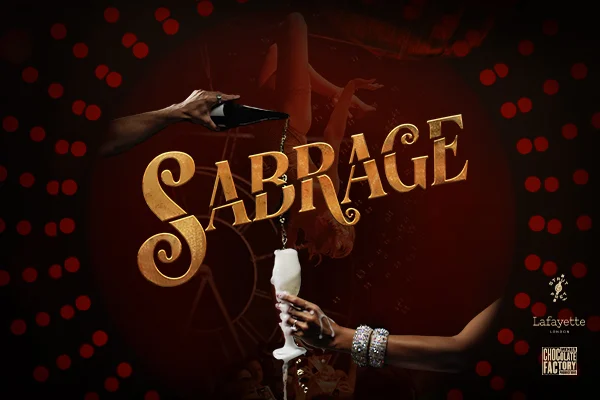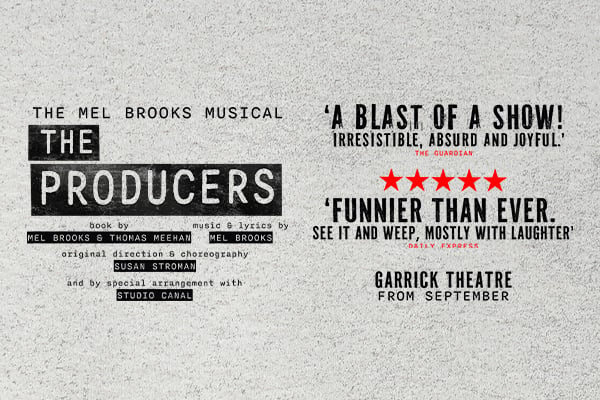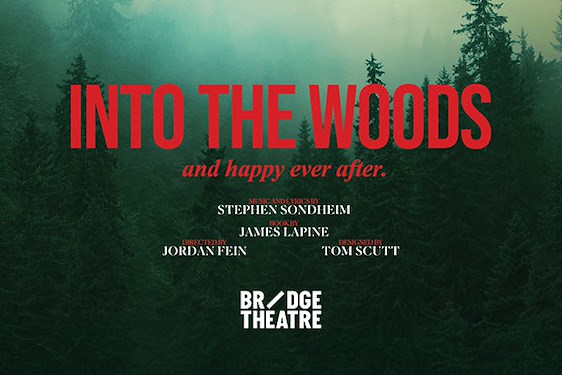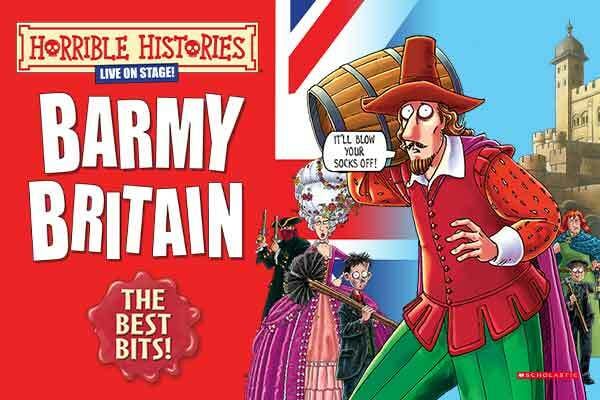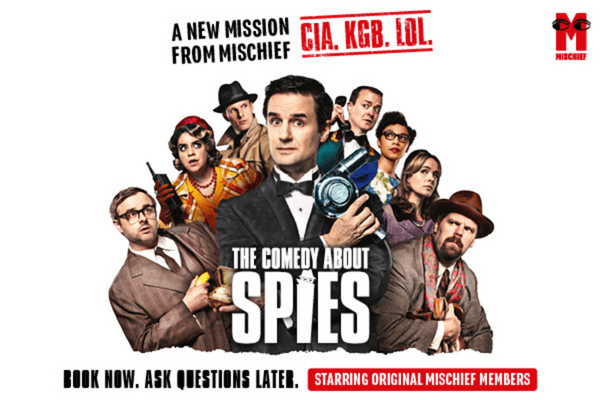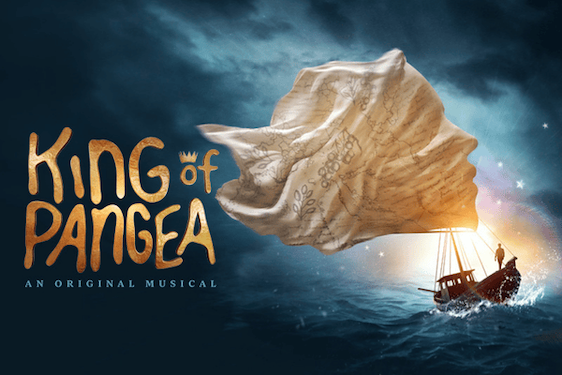Why is Brighton the LGBTQ capital of the United Kingdom? That’s the question tour guide Ric Morris poses at the start of
A tour that constantly surprises us with hidden facts about city we thought we knew quite well.
Ric is an affable, engaging tour guide, easily switching registers between irreverent jokes and more serious points about identity, persecution, and the perils of viewing the past through a present-day lens. He acknowledges that ‘lesbian’ and ‘gay’ are relatively modern terms which many of the historical characters we are going to meet would not have recognised as describing their desires. Instead, we hear about ‘Uranists’ and ‘Methodists’ as codewords for groups of gay men, and ‘going to Italy’ as nineteenth-century landowner’s Anne Lister’s euphemism for having sex with a woman.
Some of the locations we pause outside are current-day gay spots. I was tickled to learn there is a connection between Lord Byron and Bar Revenge, for example, and we ended the tour standing outside the Marlborough, with its purple-and-white Brighton Fringe bunting flapping in the wind. However, the majority of places we visit have no obvious queer links, waiting for Ric to illuminate their heritage.
On our way, we are accompanied by figures famous – including Beau Brummell, Dusty Springfield and Noel Coward, whose quote about Brighton being full of “piers, queers and racketeers” gives the tour its name – and infamous; my notebook is filled with scribbles about Dr. James Barry, née Margaret Ann Bulkley, who covertly became the first British woman to qualify as a surgeon, and Valerie Arkell-Smith, who lived so convincingly as Sir Victor Barker that she married another woman at a ceremony held at St. Peter’s Church in 1923. If you are interested in finding out more about these two cross-dressing pioneers, plenty of information can be found online or in books – Ric recommends several titles to us – but there is something special in hearing about these people outside the places where they lived, worked, and loved.
As we sidled single-file down an alleyway off Middle Street, Ric explained that these narrow paths are known locally as ‘twittens.’ “I’ve never noticed that alley before!” exclaimed one of our group as we emerged out onto the bustle of Black Lion Street. It struck me as an apt metaphor for Piers & Queers itself, a tour that constantly surprises us with hidden facts about city we thought we knew quite well.












